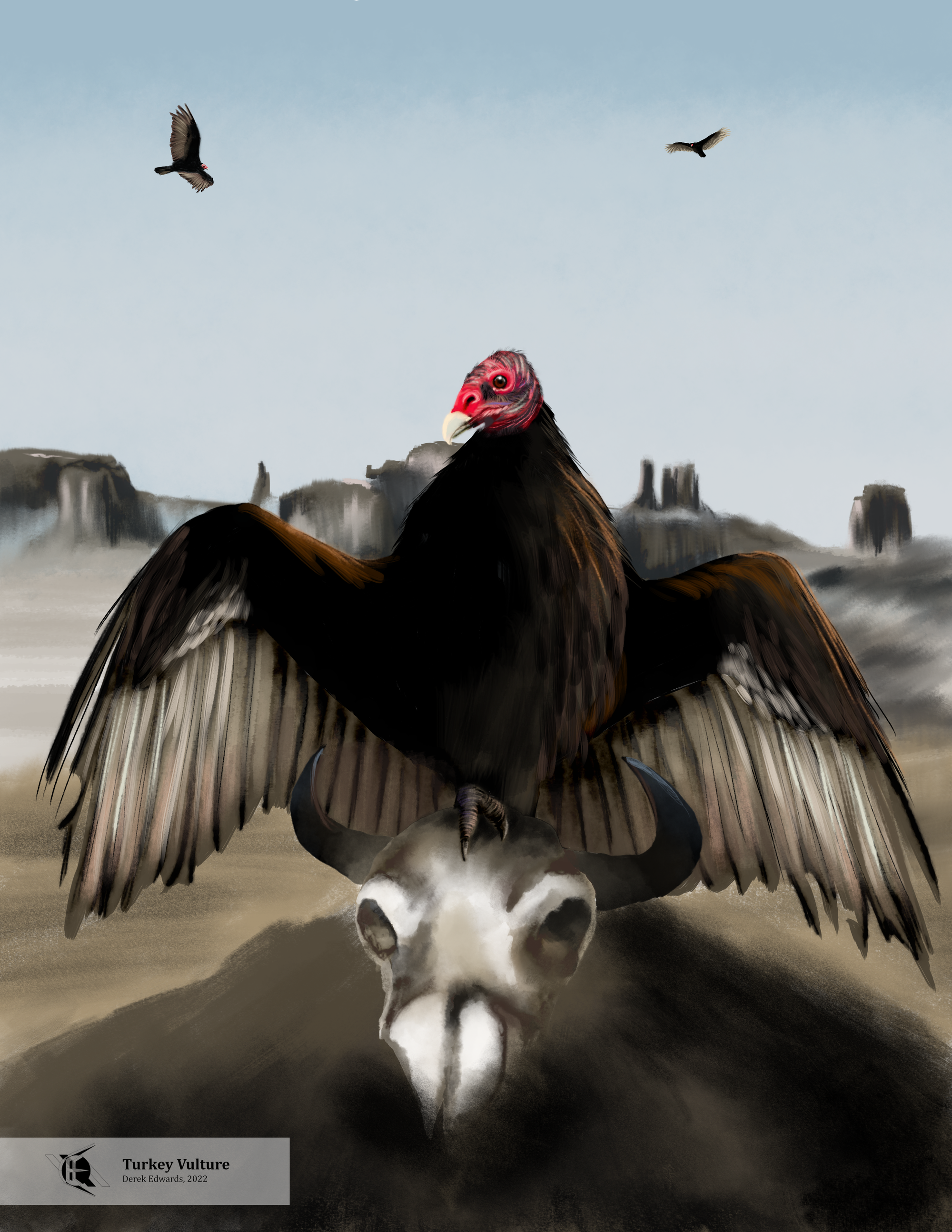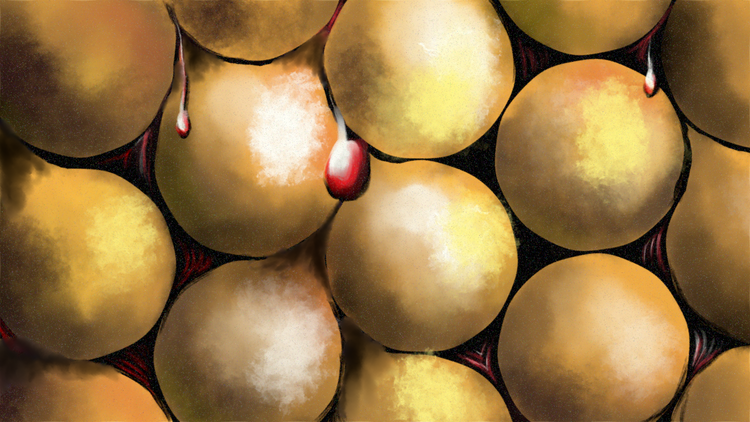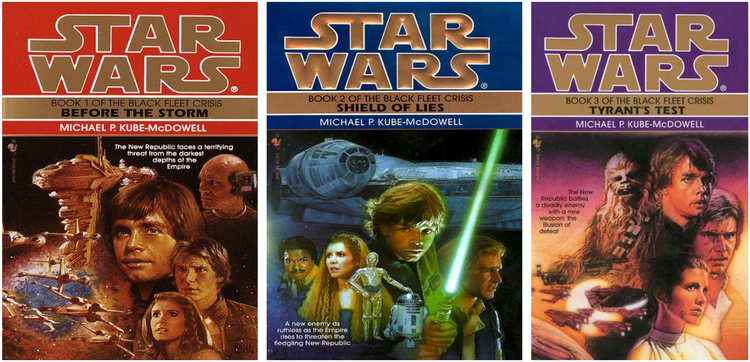
Running Commentary 11/1/2022
Hello,
This RC was meant to close out October, but instead it’s gonna have to open up November. Mostly, it’s late because it’s so long.
Anyway...
Watching...
First, I’d like to mention that, as Tales of the Jedi was released all at once, and as I’m already covering two shows here in RC at the moment, I’ll be writing a full review of that show without giving my notes on each episode here.
Andor
The eighth episode of the series brings us to the middle of the third arc of the season. Here are my notes:

- The various storylines this show has been juggling are finally starting to come together, as Luthen’s operatives go to Ferrix, the legislation Mon Mothma is fighting starts to affect Cassian in prison, and Syril Karn attracts the attention of the ISB. With the show being made in 3-episode arcs, I expect this season’s final arc will see everything brought together in a single narrative.
- Andy Serkis will not be added to The List, as he was already there for playing Snoke.
- There’s been a lot of speculation about what those big metal asterisks that the Narkina 5 inmates build are. Before I got a good look at them, I wondered if they weren’t building KX-series droids and if Cassian wouldn’t actually be building K-2SO. But no, that’s not what they were. If we ever find out, it might be parts of the Death Star, as a friend suggested and as I’ve seen suggested in a few places.
- Forest Whitaker put in his best scene as Saw Gerrera in this episode. He was okay in Rogue One, but his scenes really felt like something out of another film. “I am the only one with clarity of purpose” is already becoming Star Wars’ next meme quote.
The Peripheral
This past Friday, we got the third episode, which brought more intrigue to both timelines. Here are my notes:

- Boy, do the villains of this show love elaborately orchestrated ways of killing people. Corbell Pickett’s locking people into hot cars, Dr. Nuland’s siccing bees on people by spiking their tea. The villains on the ‘60s Batman show put in less of an effort.
- This show really knows how to draw out a scene for tension. This episode was over an hour long, and easily half of that was spent in drawing out tense scenes. But the show didn’t drag. This might be cheesy direction, but it works.
- I know even Flynne’s time is the future, but, it really struck me while watching this episode that the next 12 years must really be bringing some upgrades to Appalachia’s internet infrastructure because I don’t think you could run a full-VR rig from the future in a trailer in the woods like that without some massive lag using the region’s current systems.
- We still don’t know much about the apocalypse that hits between Flynne’s and Wilf’s time, but we do know that it’s called “the Jackpot”, so apparently some don’t think it was all that bad. That’s also the name of the next episode.
- Speaking of, I’m not watching the “next time on The Peripheral” stingers, because it seems pointless to spoil the next week’s episode like that.
Reading...
The Evolution of Useful Things

A while ago, I read a book on the history of the pencil, written by a professor of engineering named Henry Petroski. As I wrote at the time, that book was informative but neither a gripping read nor an especially well-constructed one. I’ve now read Petroski’s follow-up, The Evolution of Useful Things. This book looks at the histories of many other household items (such as the fork, the paperclip, the zipper, masking tape, and the aluminum drink can, among others). Like The Pencil, it is adapted from articles Petroski had previously written for various publications, but this book is much better edited, and it avoids the issues of disjointedness and redundancy that plagued The Pencil.
Central to this book is the theme that form follows failure, not function. All the best ideas an engineer or inventor might have are for nothing if that engineer or inventor did not fully understand the problem they were trying to solve. It is the end user of a device (or “artifact”, as Petroski calls inventions) that defines failure, which can be in performing a practical function or in less concrete evaluations for stylishness, affordability, novelty, or any of numerous such criteria. The inventions discussed in this book are simple, ubiquitous items that were developed to solve failures in previous devices by people who used the items themselves. Petroski encourages engineers to go the user and gather complaints about the devices they used, and to start the design process seeking to address their list of failures.
I really enjoyed reading this book. I got through it very quickly, and more than once I found myself bringing the book up in conversation. While I liked The Pencil, I recommend The Evolution of Useful Things. I think a lot of people would get a lot out of it. Petroski still writes for an audience of engineers and engineering students, but, by jumping from subject to subject and sticking to simple items, he never writes anything that the layperson might gloss uncomprehendingly over. If the items given histories seem boring, it is only due to their familiarity. Finding answers to questions about straight pins or sandpaper that one never thought to ask is, in fact, a very fascinating experience. 9/10
Playing...
Warframe
We have another DevStream to review. Mostly, the announcement worth mentioning is that the Duviri Paradox is still the focus of development, but it won’t be ready until next year. In the meantime, there’s an update coming tomorrow and another coming in December.
Wednesday’s update is focused on improving the Kahl-175 missions. Ven’kra Tal and Sprag will each be added as optional boss fights in two of the missions. (Ven’kra Tal will apparently be a sniper duel. Sprag might be a melee duel, but we weren’t shown anything of her.) Also, those collectibles we’ve all so enjoyed searching for will be spawned in greater numbers, so we won’t have to gather every last one in the whole map. These seem like good changes.
December’s update will be bringing a new warframe: Veruna, the wolf-shaman ‘frame who’s been in the works for so long. Also included will be a new variation of the Survival mission that will be available once players have reached Lua. (This mission will likely be the Veruna farm.) Also, also, Grendel and Yareli will be getting much-needed reworks.

Bird of the Week
Birds are charismatic. People like birds; at least most of them do. There are some people who don’t, but, generally, humanity likes birds. Majestic eagles, graceful cranes, melodious nightingales, and colorful parrots have all found places of honor in human societies. Vultures, though, not so much. Again, there are exceptions: the griffon had its fans in ancient Egypt, and you can find some other vultures in the old artworks of other ancient peoples, but, generally, people like birds, but they don’t like vultures.
People especially don’t like turkey vultures. One of the most commonly seen birds of prey in their range, the turkey vulture, or “buzzard”, as it’s sometimes called due to its habit of soaring on thermals like Buteo hawks, might be thought of as the underappreciated counterpart to the bald eagle. Where eagles are thought beautiful, vultures are considered ugly. Eagles are rare sights for many, while vultures are commonplace. Eagles show up in emblems, on coins, and as mascots, while few people choose vultures as their symbol. And I can’t say that I don’t understand; turkey vultures are probably the most unpleasant birds out there. But that’s what makes them interesting.
Turkey vultures are what are known as “New World Vultures”, birds formerly in the hawk order that are not especially closely related to the morphologically and behaviorally similar Old World Vultures. These birds are large (the condors are the largest, not just among New World vultures but among birds of prey generally.) and share bald heads, which aid them in eating their food of choice: rotting carcasses. The big reason people hate vultures is that vultures eat the bloated bodies of dead animals, including people if given the chance, such as after a battle. Lacking feathers, their heads can root around inside body cavities without getting too terribly dirty. Unusually for birds, their sense of smell is incredibly acute, comparable to the sight of other raptors, and they are able to find a meal from high up in the air just by scent. In the sky, they can be distinguished from eagles by their slow-winding, circular flight patterns, the way they hold their wings back in a shallow v-shape, and the way they teeter back-and-forth, as if they are flying for the first time. In fact, their flight is among the most efficient means of staying in the air of any bird.
As if their weird, almost diseased appearance and morbid diet weren’t off-putting enough, turkey vultures are also masters of the use of their own bodily fluids. If a vulture or its young are threatened, they will take a page from the camelid playbook and vomit on the intruder. If a vulture gets too hot, it will expel waste onto its own feet to cool them off. (I’ve sometimes seen this described as the vulture urinating on its feet; birds don’t really urinate the way mammals do, though in principle its much the same.)
As unpleasant as vultures may be, it’s still for the best that they’re around. They clean up dead carcasses that most creatures wouldn’t touch, which means that the rest of us don’t have to deal with the nasty things. For this reason, the turkey vulture has actually enjoyed legal protections for longer than the beloved bald eagle has.
Turkey vultures take their name from their general resemblance to the wild turkey, what with their large size, dark feathers, and bald, reddish heads. As for how the turkey got its name, that’s a whole long, involved story. In much of South America, where turkeys don’t live, the turkey vulture is called “red-headed”. To science, the turkey vulture is Cathartes aura. “Aura” comes from “aurouá”, the native Mexican name for the bird. “Cathartes”, as well as the familial name “Cathartidae” and the ordinal name “Cathartiformes” come from the Latin word for “cleansing”. The English word “cathartic” refers to vulture-like experiences that, while unpleasant and ugly in the moment, are necessary to purge worse things.

Curation Links
Immortal by Default | Jared Farmer, Lapham’s Quarterly
(Excerpted from Farmer’s book Elderflora: a Modern History of Ancient Trees) More closely related to pines than to the deciduous trees they resemble, ginkgo trees are the last living species of a family of plants that survived their cousins’ extinction taking refuge in remote regions of China. Discovered by the Chinese and distributed worldwide, ginkgoes have found a second life as popular ornamental trees, even if their fruits smell like something a turkey vulture might eat.
The Weird, Analog Delights of Foley Sound Effects | Anna Wiener, The New Yorker
Foley artists, named for the first of their kind, Jack Foley, are the people who create custom sound effects for television and film. Sometimes, this work is straightforward (a person is walking, so a recording is made of the shoes they wear), but often the source of sounds is something altogether unlike what’s being shown on-screen.
The Problem with New York City | Casey Neistat
[VIDEO] New York City is often hailed as the only place in America with decent mass transit systems. As veteran vlogger Casey Neistat points out in this video, that’s really only true if you and your travelling party are all adults. If you’re transporting kids, it’s back to the personal transit of the car (or, in Neistat’s case, a custom bicycle.) (7 minutes)
Devil of the Marsh (1893) | H. B. Marriott-Watson, Literary Hub
[FICTION] From the unfairly forgotten Australian-British author of Gothic Horror, a tale of a man drawn into a marsh in search of a stange woman who had arranged a meeting there, at nightfall.
See the full archive of curations on Notion






Member Commentary